Potrebujeme váš súhlas na využitie jednotlivých dát, aby sa vám okrem iného mohli ukazovať informácie týkajúce sa vašich záujmov. Súhlas udelíte kliknutím na tlačidlo „OK“.
ASTM E1932-12
Standard Guide for Acoustic Emission Examination of Small Parts
Automaticky preložený názov:
Štandardné príručka pre akustické emisie vyšetrenie malých častí
NORMA vydaná dňa 15.6.2012
Informácie o norme:
Označenie normy: ASTM E1932-12
Poznámka: NEPLATNÁ
Dátum vydania normy: 15.6.2012
Kód tovaru: NS-43639
Počet strán: 5
Približná hmotnosť: 15 g (0.03 libier)
Krajina: Americká technická norma
Kategória: Technické normy ASTM
Kategórie - podobné normy:
Anotácia textu normy ASTM E1932-12 :
Keywords:
acoustic emission, materials characterization, nondestructive evaluation, nondestructive testing, production quality control, small parts, ICS Number Code 17.140.01 (Acoustic measurements and noise abatement in general)
Doplňujúce informácie
| Significance and Use | ||||||||||
|
The purpose of the AE examination is to analyze how an examination object is withstanding the applied load, or if it is suffering from some latent damage. Consequently the emission activity must be evaluated in relation to the applied load. The applied load (on the examination object) may include mechanical forces (tension, compression or torsional), internal pressure and thermal gradients. It may be short to long, random or cyclic. The applied load may be controlled by the examiner or may already exist as part of the process. In either case the applied load is measured along with the AE activity. Possible applications include the determination of part integrity, quality control assessment of production processes on a sampled or 100 % inspection basis, in-process examination during a period of applied load of a fabrication process (for example, spot welding, bonding, soldering, pressing, etc.), proof-testing after fabrication, monitoring a “region of interest” (or concern) of a structure (for example, bridge joint or repair, vessel, pipe), and re–examination after intervals of service. |
||||||||||
| 1. Scope | ||||||||||
|
1.1 This guide covers techniques for conducting acoustic emission (AE) examinations of small parts. It is confined to examination objects (or defined regions of larger objects) where there is low AE signal attenuation throughout the examination region. This eliminates the consideration of complex attenuation factor corrections and multiple sensor and array placements based on overcoming signal losses over distances. 1.2 The guide assumes a typical AE examination as one where there is a controlled or measured stress acting upon the part being monitored by AE. Particular emphasis is placed on sensor and system selection, sensor placements, stressing considerations, noise reduction/rejection techniques, spatial filtering, location determination, use of guard sensors, collection of AE data, AE data analysis and report. The purpose of the AE examination is to analyze how an object under evaluation is withstanding the applied load. 1.3 Possible applications of this guide includes materials characterization, quality control of production processes, proof testing after fabrication, evaluating regions of interest of larger structures and retesting after intervals of service. The applied load may include mechanical forces (tension, compression or torsional) internal pressure and thermal gradients. 1.4 This standard does not purport to address all of the safety concerns, if any, associated with its use. It is the responsibility of the user of this standard to establish appropriate safety and health practices and determine the applicability of regulatory limitations prior to use. |
||||||||||
| 2. Referenced Documents | ||||||||||
|
Podobné normy:
Historická
1.5.2010
Historická
1.9.2008
Historická
15.6.2012
Historická
1.8.2013
Historická
15.6.2012
Historická
1.2.2013
Odporúčame:
Aktualizácia zákonov
Chcete mať istotu o platnosti využívaných predpisov?
Ponúkame Vám riešenie, aby ste mohli používať stále platné (aktuálne) legislatívne predpisy
Chcete vedieť viac informácií ? Pozrite sa na túto stránku.


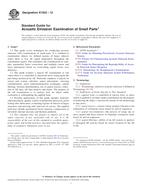
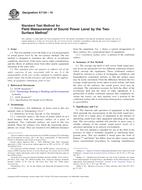 ASTM E1124-10
ASTM E1124-10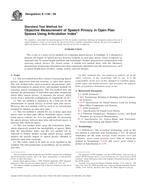 ASTM E1130-08
ASTM E1130-08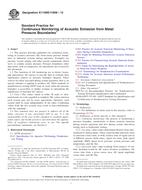 ASTM E1139/E1139M-12..
ASTM E1139/E1139M-12..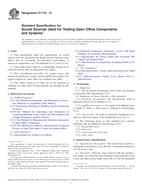 ASTM E1179-13
ASTM E1179-13 ASTM E1211/E1211M-12..
ASTM E1211/E1211M-12..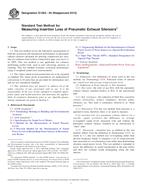 ASTM E1265-04(2013)..
ASTM E1265-04(2013)..
 Cookies
Cookies
